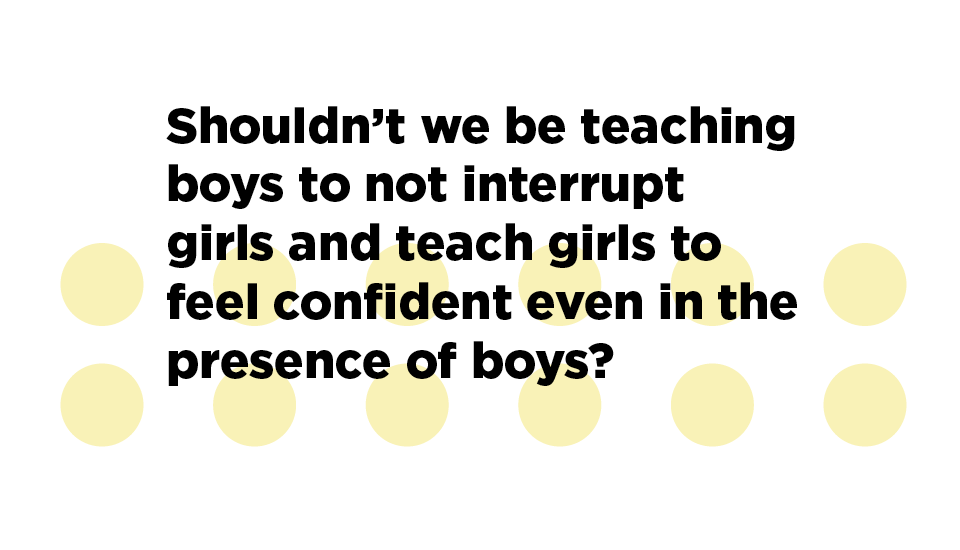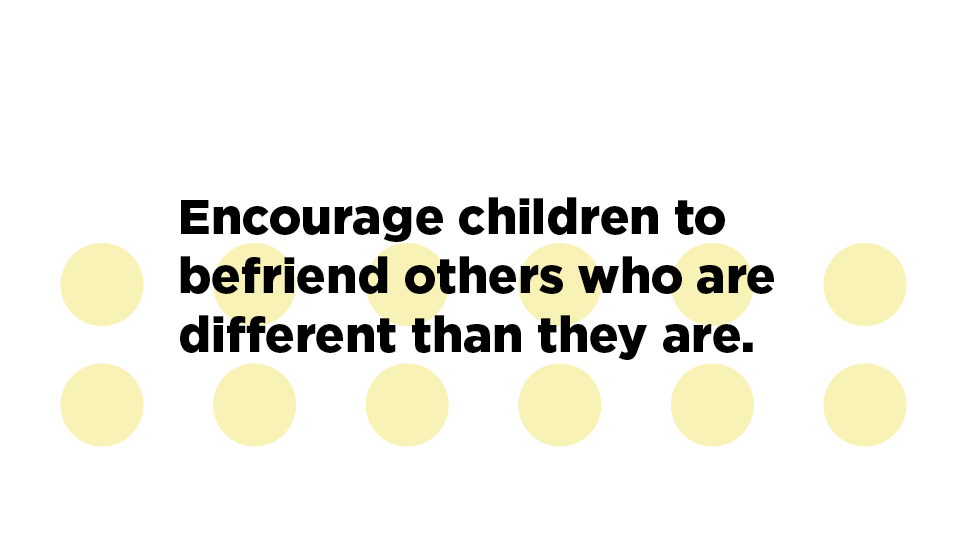When my daughter was in elementary school, her classmates sometimes self-segregated on the playground.
The girls congregated in groups to play, chat, or walk on the small track on the campus. The boys migrated to the Four Square court painted on the asphalt or to play kickball on the grassy field. My daughter, an avid soccer player with an impressive kick, was one of the athletic girls often found playing with the boys.
As it turns out, that may have made all of them better coworkers later in life.
BIAS BEGINS EARLY
The “building blocks” of gender bias start very early, says
Christia Brown, associate professor of developmental psychology at the University of Kentucky in Lexington and author of
Parenting Beyond Pink and Blue: How to Raise Your Child Free of Gender Stereotypes. The minute someone announces they’re having a baby, one of the first questions is usually related to gender. “Gender reveal” parties have expecting parents pop a balloon, cut into a cake—or, in some cases, a lasagna—or perform some other action to reveal a pink or blue outcome.
At roughly 2 years old, children begin to recognize their gender, says Carol Martin, professor at Arizona State University’s School of Social and Family Dynamics in Tempe. That’s when the gender-segregated behavior begins, she says. Boys play with boys and girls with girls as they start interacting with peers, she adds.
Once they begin that interaction, they begin to encounter “gender policing,” or “gender enforcers.” Martin and her colleague,
Sonya Xinyue Xiao, a graduate research assistant at the University of Arizona, are two coauthors of research published in the March 2019 issue of Sex Roles: A Journal of Research.
“[
Gender enforcement or gender policing] is ‘any action that either encourages strict adherence to gender norms and roles or discourages actions that violate norms,'” Xiao says. Children may feel pressure to play with certain toys or act a certain way. In addition, such group-based prejudice, similar to racial or ethnic discrimination or homophobic name-calling, is associated with negative outcomes such as depression and poor academic performance, Xiao says. Another study published in the December 2018 issue of the journal
PLoS One found that students from
single-sex schools were more anxious in mixed-gender situations.
Brown says a common argument for single-sex schools is that they allow girls to build confidence and talk without being interrupted. Her answer? “Shouldn’t we be teaching boys to not interrupt girls and teach girls to feel confident even in the presence of boys? Because I know in board meetings, those are going to be important skills for both men and women to have.”
BUSTING BIASED BELIEFS
Faced with an onslaught of gender norms and messages, there are still plenty of things parents can do to help prevent those stereotypes from taking root, says Katie Kissinger, educator, activist, and author of
Anti-Bias Education in the Early Childhood Classroom. Parents or caregivers should have conversations among themselves about how they can avoid reinforcing gender stereotypes in their home, Kissinger says. Point out examples of bias—or those that contradict outdated beliefs. If you’re reading a book with all male scientists, ask, “Does that mean women can’t be scientists?” she suggests. Then, discuss the answer to the question. Also, be mindful of the choices you make in your life and the opportunities they present. Seek out an African-American woman dentist, for example, or point out when someone is doing a job that may help the child question a stereotype, she adds.
Also, help children avoid gender enforcers and address such behavior if your child exhibits it. Martin and Xiao’s work found that gender-enforcing behavior is linked to aggression and biased gender-related beliefs. Children who spent time with enforcers over months were more likely to play with same-gender peers and show more biased thoughts about gender.
Similarly, encourage cross-gender friendships, Brown says. When children spend most of their time with same-sex peers, they begin to “live in different worlds,” she says. Girls typically play in groups, often near a teacher. They get very good at navigating each other’s social needs and asking opinions of each other. Boys often engage in more rough-and-tumble sports, away from teachers. They get good at asserting their own needs and being leaders because of the nature of their play, she says.
“So, you have these groups developing these different skill sets, and because they’re not interacting with each other, they’re not developing like cross-skills,” Brown adds. By the time puberty hits and they want to talk to each other, they lack the skills to do so, which can result in negative interactions and even sexual harassment. And these negative feelings can carry over into adulthood.
So, instead of having single-gender birthday parties, invite boys and girls. Don’t limit playdates to just girls or boys. Encourage children to befriend others who are different than they are. Read books that show friendships between boys and girls.
“It’s a pretty heteronormative assumption, too, that you are just assuming that boys and girls are so drastically different and if we encourage interaction, that there might be some kind of young romance involved,” Brown says. And the research seems to suggest that it does, that encouraging friendships early seems to be associated with lower gender stereotypes, she adds. And if we can overcome those stereotypes in childhood, we may just find that the workplace benefits, too.
More from Fast Company:













